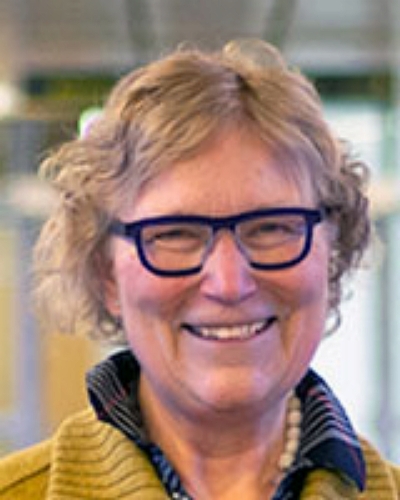Now published, see the full article 
Early Abstract:
Introduction: Clinical courage can be described as a rural doctor’s adaptability and willingness to undertake clinical work at the limits of their training and experience to meet the needs of their patients. This paper describes the in-house development of survey items to include in a quantitative measure of clinical courage.
Methods: The questionnaire development involved two key concepts: a second order latent factor model structure and a nominal group technique used to develop consensus amongst the research team members.
Results: The steps taken to develop a sound clinical courage questionnaire are described in detail. The resulting initial questionnaire is presented, ready for testing with rural clinicians and refinement.
Conclusions: This paper outlines the psychometric process of questionnaire design and presents the resultant clinical courage questionnaire.





